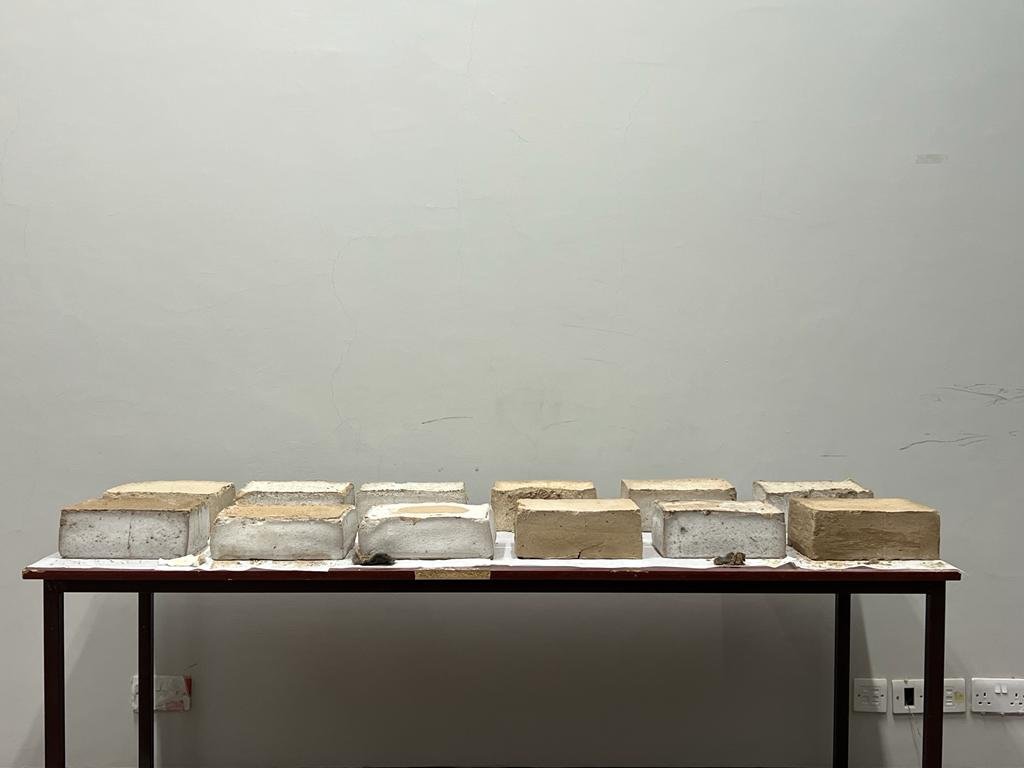Traditional Building Cultures and Coastal Communities in the Gulf: A Research Lab at NCCAL
مختبر أبحاث ثقافات البناء التقليدي ومجتمعات الساحل في الخليج، المجلس الوطني للثقافة والفنون والاداب
Research and residency
2022- 2023
Dr Zahra Ali Baba & NCCAL

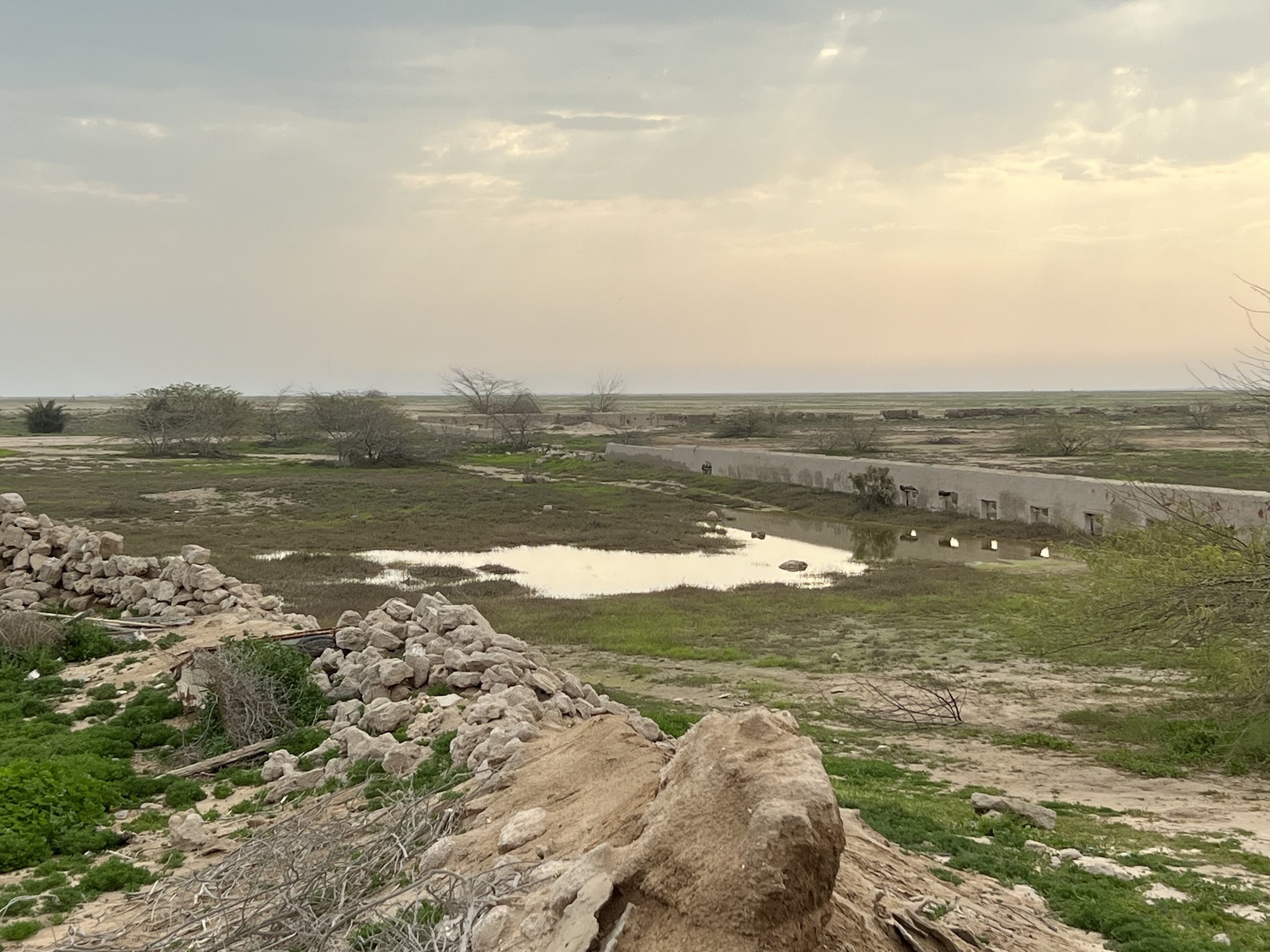

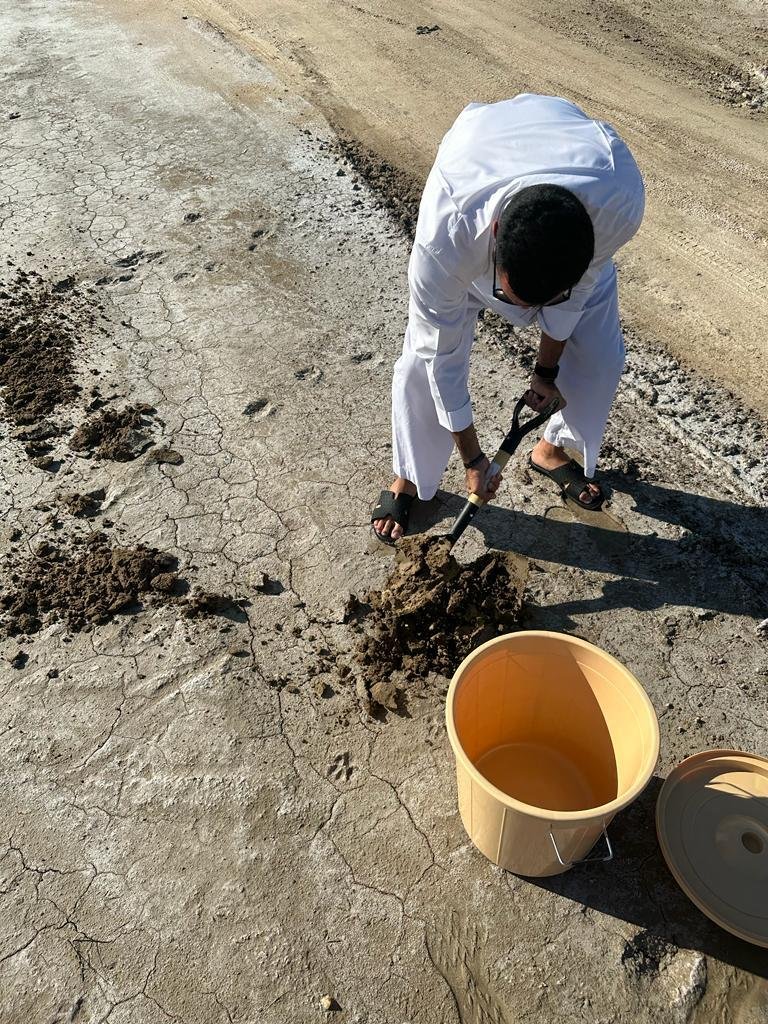

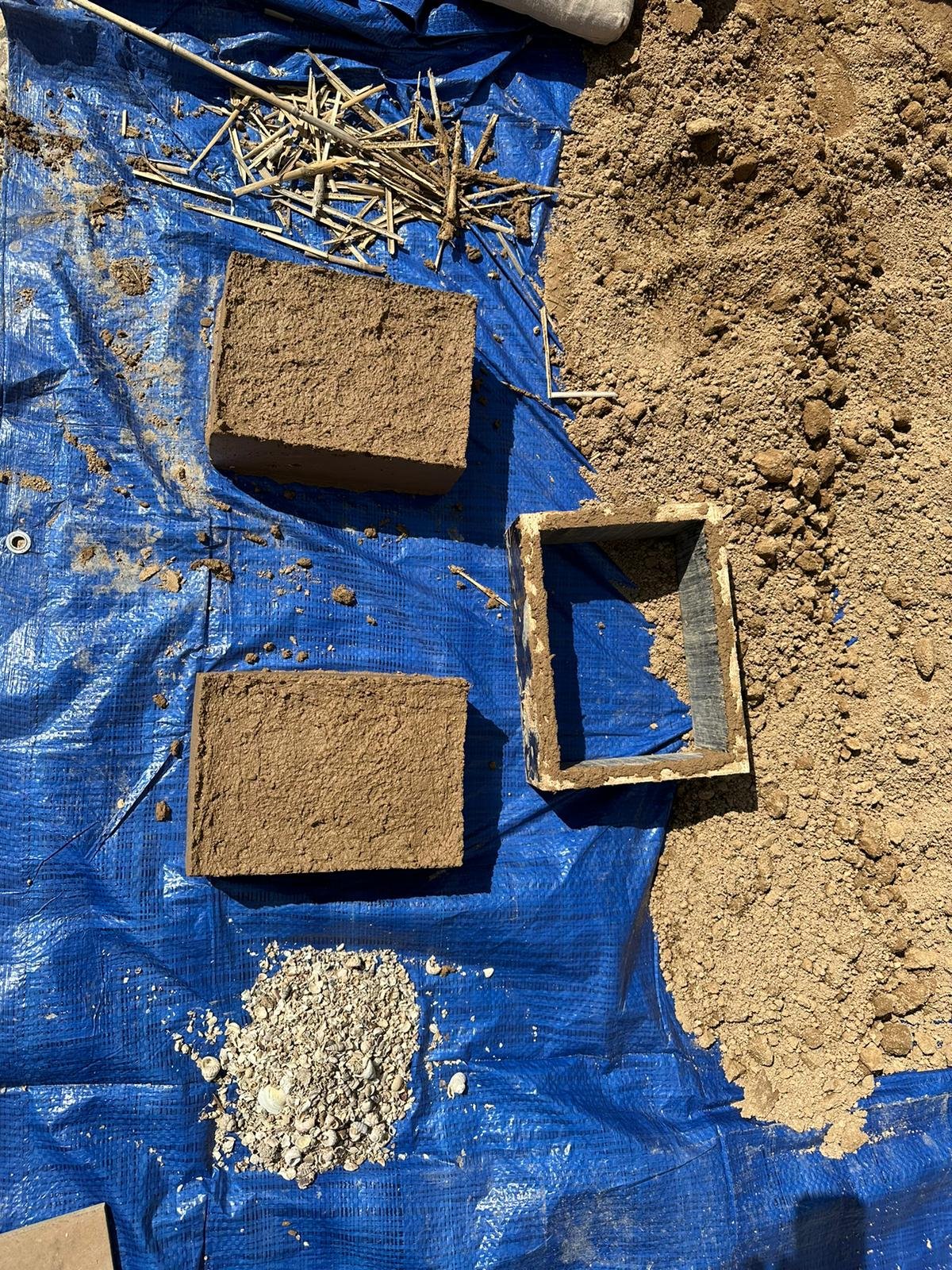
Heritage preservation is considered to be a key indicator that contribute significantly to the culture and knowledge classification of the country on the global development map of human thought, as it is one of the vital components of the cognitive system historically, and an essential component for extrapolating the future of societies historically rooted in a shared cultural reality. Re-reading the history of the development of international standards and practical applications in the field of heritage preservation shows us the integral role of joint international action in this field and hence the importance of keeping up with international standards and procedures, and achieving synchronicity with local legislation, institutional and regulatory frameworks, and moving towards constructive and effective contribution internationally towards the preservation of national heritage, and meeting with the nation’s international responsibility to preserve the heritage of humanity.
We infer from the same historical readings that heritage and creativity are synonymous and cannot be separated. The human dynamism for various types of creative expression is the same innate fuel that contributes to our consideration of those arts that preceded us in time and place, and recognizing its value and moral potential, and thus preserving and activating it so that it contributes to the formation of our future urban identities. Considering the cognitive framework explained as a departure point, we as a team of architects and civil engineers took the initiative to propose the establishment of a laboratory for experimental research in the field of preservation of traditional built heritage, in a way that complies with authentic practices of restoration consistent with the international conventions and follows the best restoration practices, to ensure meeting the conditions of authenticity and integrity of the historic asset, embodying the significance of building materials and their historic and cultural dimension to the restoration process.
We aim to revive the vanished traditional building crafts and their simple techniques according to a sustainable cultural vision that requires searching for traditional sources of clay in addition to innovative sources that lessens any harm inflicted on the natural sources. Collecting and documenting historical sources and experiences of builders and their traditional knowledge, is the basis of our prospects both scientific and technical.
يمكن اعتبار صون التراث أحد أهم المؤشرات التي تساهم بشكل كبير في تصنيف الدولة معرفياً و ثقافياً ضمن الخارطه الأممية لتطور الفكر الانساني، باعتباره أحد المكونات الحيوية للنسق المعرفي على مر التاريخ و عنصر أساسي لاستقراء مستقبل المجتمعات المتجذرة تاريخيا بواقع ثقافي مشترك . القراءة في تاريخ تطور المقاييس العالمية و التطبيقات العملية في مجال صون التراث تدلنا على أصالة العمل الدولي المشترك في هذا المجال وبالتالي أهمية مواكبة المقاييس والإجراءات الدولية، و مقاربتها مع التشريعات والاطر المؤسسية والتنظيمية المحلية، و التوجه نحو المساهمه البناءة والفاعلة دوليا لحفظ التراث الوطني مع المشاركة في المسؤولية الدولية لحفظ تراث الانسانية. نستدل من القراءات التاريخية ذاتها بأن التراث و الإبداع مترادفان لا يمكن فصلهما، فالمحرك البشري لشتى انواع التعبير الابداعي هو ذاته الوقود الوجداني الذي يسهم في النظر لتلك الفنون التي سبقتنا في الزمان والمكان و التعرف على قيمتها و مكامنها المعنوية وبالتالي صونها و تفعيلها بحيث تساهم بتشكيل الهويات الحضرية . انطلاقا من الإطار المعرفي الذي أشرنا له قمنا بالمبادرة بطلب استحداث مختبر أبحاث تجريبية في مجال صون التراث التقليدي ذلك رغبة منا باعتماد أساليب علمية في صون التراث بحيث تتماشى مع المواثيق الدولية و تنتهج بأفضل ممارسات الترميم أسوة بالأمثلة المتوافرة دوليا وعلى مستوى المنطقة العربية بحيث نضمن موافاة شروط الأصالة والسلامة في الممتلك التاريخي وتأصيل أهمية مواد البناء وبعدها التاريخي والثقافي في عملية الترميم
يهدف المختبر لإعادة إحياء حرف البناء التقليدية المندثرة و تقنياتها البسيطة وفق رؤية ثقافية مستدامة بالإضافة لاعتماد مصادر للطين التقليدية منها بالإضافه للبحث عن مصادر يمكن التوصل لها بشكل مبتكر و مغاير للمصادر التاريخية وذلك لحمايتها و عدم استنزافها. أن جمع المصادر التاريخية وتوثيقها من مطاين و خبرات و معارف تقليدية هو أساس للتطور العلمي والفني لهذه المبادرة.

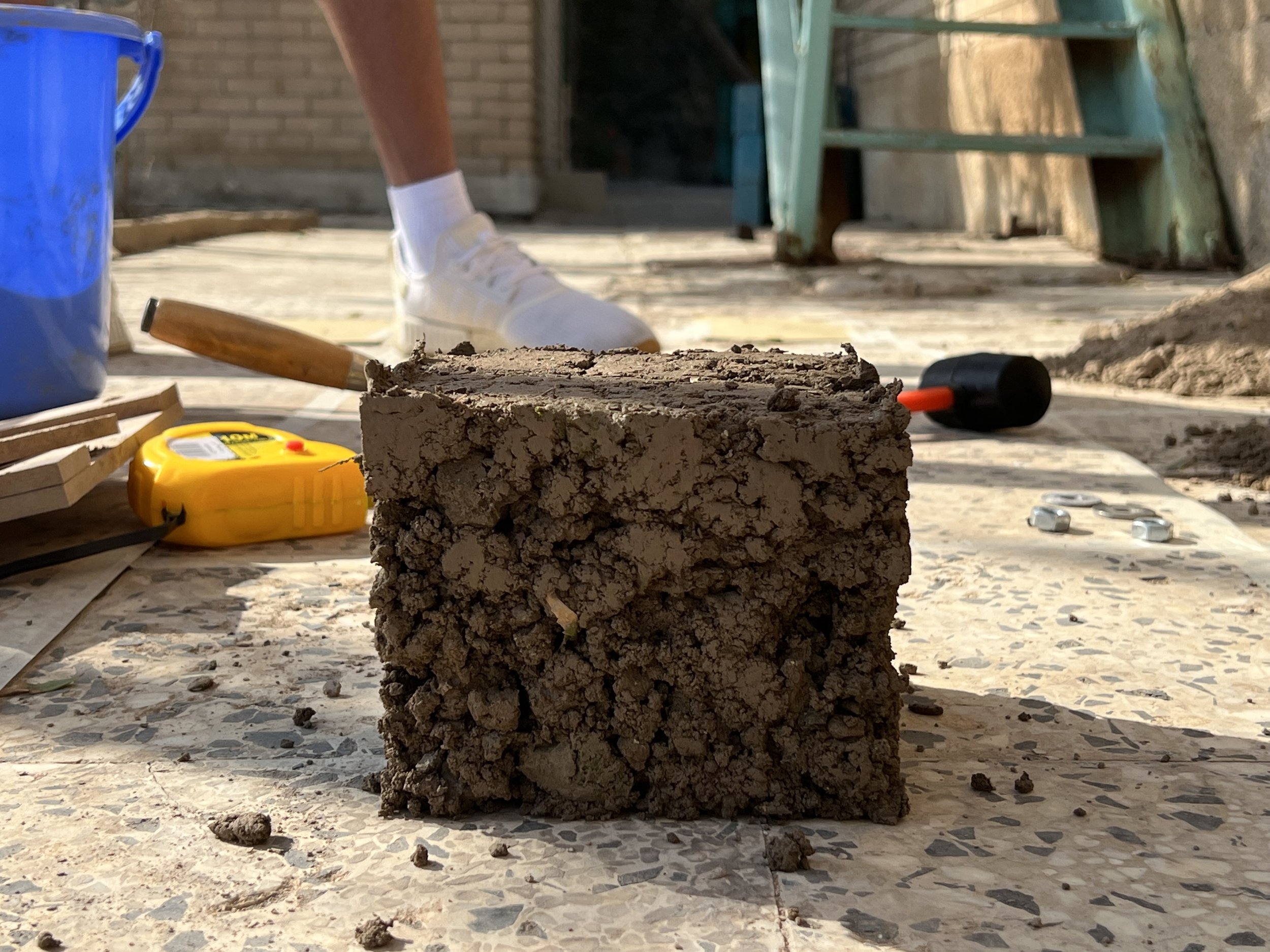

Building partnerships is integral to building the laboratory in order to enhance the interdisciplinary nature of the work, and advocate for the traditional knowledge systems of architecture. The project is set to harness opportunities for progress and innovation in the field of design and construction, making use of the traditional materials that our societies used in the past. The laboratory focuses on two main trajectories; restoration and rebuilding in the field of conservation of earthen architecture, in addition to research in traditional ecologies and knowledge systems inherent within the societies of the coast in the Gulf region, in addition to research in the field of science and the traditional environments of the inhabitants of the coast in the Gulf and the rooting of the common narrative of history and the exchange of cultures in the region, in search for a shared narrative and history of cultural exchange in the region.
The lab is currently investigating alternative planning and place making scenarios for the rehabilitation of Failaka Island, as an attempt to open up the discussion around shaping the future development of the island, while advocating for the adoption of a deeply rooted premise in the embodiment of the rural environment. The preservation of the ethos of the traditional communities of Failaka and their local knowledge, the failichawi knowledge system spanning thousands of years, and the many forms of management of cultural and natural resources inherent in the island, enables future plans to be situated in a more vital and sustainable approach consistent with the legacy of the island.
كما أن بناء الشراكات هو جزء أساسي من بناء المختبر وذلك تعزيزا لطبيعة العمل متعددة التخصصات و بث الإهتمام في هذا النوع من المعارف. كما يوفر المختبر فرص التقدم و التطوير والابتكار في مجال التصميم والبناء باستخدام مواد تقليدية جبل المجتمع على توظيفها في البناء قديما يخدم المختبر العمل ضمن توجهين رئيسيين حول الترميم وإعادة البناء في مجال صون العمارة الطينية، بالإضافة للأبحاث في مجال العلوم والبيئات التقليدية لسكان الساحل في الخليج و تأصيل السرد المشترك للتاريخ و تبادل الثقافات في المنطقة.
يعمل فريق المختبر على ايجاد سبل للتخطيط و التصميم الحضري البديل لإعادة تأهيل جزيرة فيلكا وتطويرها من خلال تبني أطروحه متجذرة في إعادة تجسيد مجتمع القرية والمعرفة التقليدية المتفاعلة مع الموارد الثقافية والطبيعية في الجزيرة و ديمومتها.
Zahra Ali Baba - Mohammad Jamshir - Abdallah Al Houti - Khalifa Al Shehab
زهراء علي بابا - محمد جمشير - عبدالله الحوطي - خليفة الشهاب

